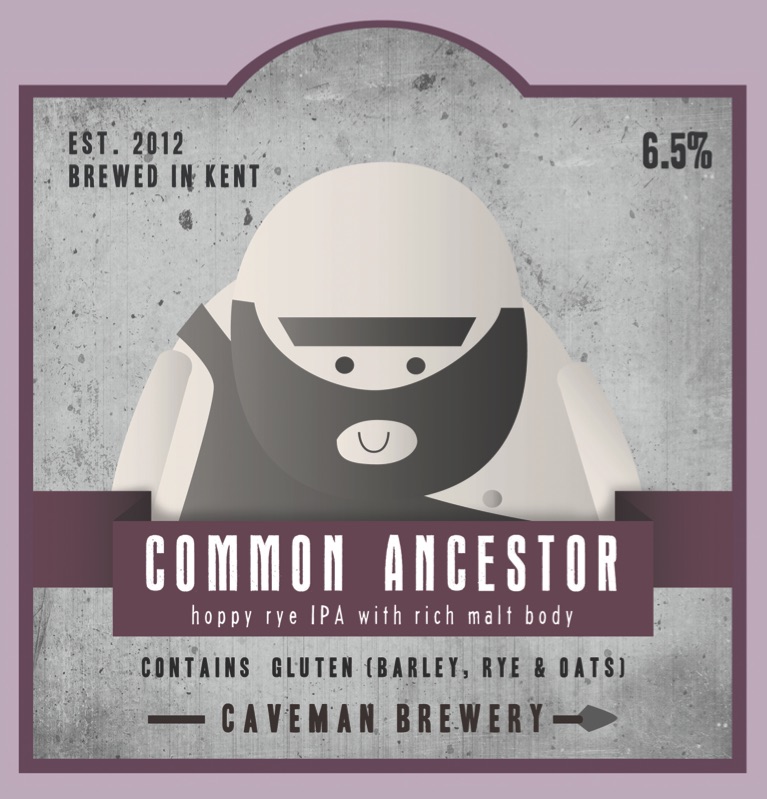It's Green Hop time again. This year we are brewing 3 different beers, using 3 different Kent grown hops. Most of the brewers in Kent will be getting involved and brewing with fresh hops, straight from Kent's hop growers and into the boil within a matter of hours.
The first beer we are brewing will be a 3.5% pale ale using Bramling Cross hops. These fragile hops produce a lovely berry fruit and spice aroma, however they have been low yielding in the last couple of years as the winters have lacked the cold frosts which the Bramling Cross hops benefit from. Sadly if winters continue to be as mild as they have been I expect many Kent growers to move away from this pungent variety to more economically viable hops.
Last years Barnfield Red was very popular so we are brewing it again. This year we will be using Challenger hops from Hukins Farm, Tenterden. These hops give a spicey, cedar aroma which works well with the crystal notes of the red ale. Named after the Barnfield Pit site near the brewery which inspired the name for our brewery.
A new beer for this year, Heidi's Brown will be a 4.7% hoppy brown ale. It is brewed with Bullion hops, which are an old English variety which has had a lot of success in the US, but is now almost non existent in the UK. The hop as a pungent Orange and Lemon aroma which is well suited to a hoppy brown ale, blending the citrus flavours with the caramel and roast from the malts. Named for the Swanscombe Woman, who's skull was discovered at Barnfield Pit and is often identified as Homo Hiedelbergensis. The beer will be brewed by Helen Farrow and it will be her first Green Hop beer.



